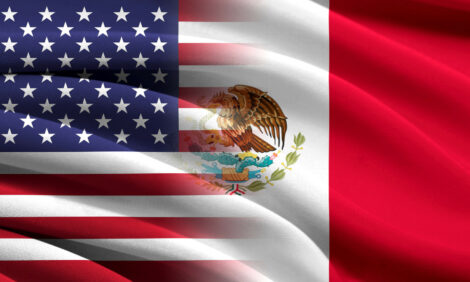



Improve Calving Hygiene to Cut Dairy Losses
UK - Improving hygiene ahead of, around and after calving is one of the best ways UK dairy herds can cut their estimated 14 per cent calf mortality as well as the even greater indirect costs of poor calf and cow health.There are particular disease challenges faced by cows and calves during the calving period when they are most vulnerable to infections, according to a best practice guide launched by BASF at the Dairy Event this week.
Best practices ahead of calving help to ensure all cows go into calving as clean and as free from all dirt as possible, with sufficient draught free, well ventilated and well bedded calving yards, pens or boxes.
All calving areas should be cleaned thoroughly by spraying with a quality broad spectrum disinfectant.
Around calving, cleaning and disinfecting equipment must be done before each calving and personal hygiene must be kept to a high standard to prevent external infections being carried into the calving area.
Afterbirths should be removed and any fresh dung must be cleaned out immediately together with all soiled bedding.
All pens should be disinfected ahead of reuse.
After calving, a warm, well ventilated area with dry calf accommodation needs to be provided, isolated from other livestock and sources of contamination.
Bedding should be topped up regularly, using clean and well disinfected buckets and feeding equipment.
Freshly calved cows should be grouped separately away from the herd and they should be milked first to prioritise parlour hygiene.
The specialist Sorgene 5 Best Practice Dairy Calving Hygiene guide is written by Dr Brian Pocknee of The Dairy Group.
Dr Pocknee commented: “The pressures of managing larger and larger herds with fewer and fewer staff can make it difficult to put sufficient priority on the finer points of calving hygiene these days especially where the calving season is high.
“However, doing so with simple cow and calf management disciplines and a quality disinfectant can make all the difference in minimising major herd health losses and safeguarding animal welfare.”
TheCattleSite News Desk


